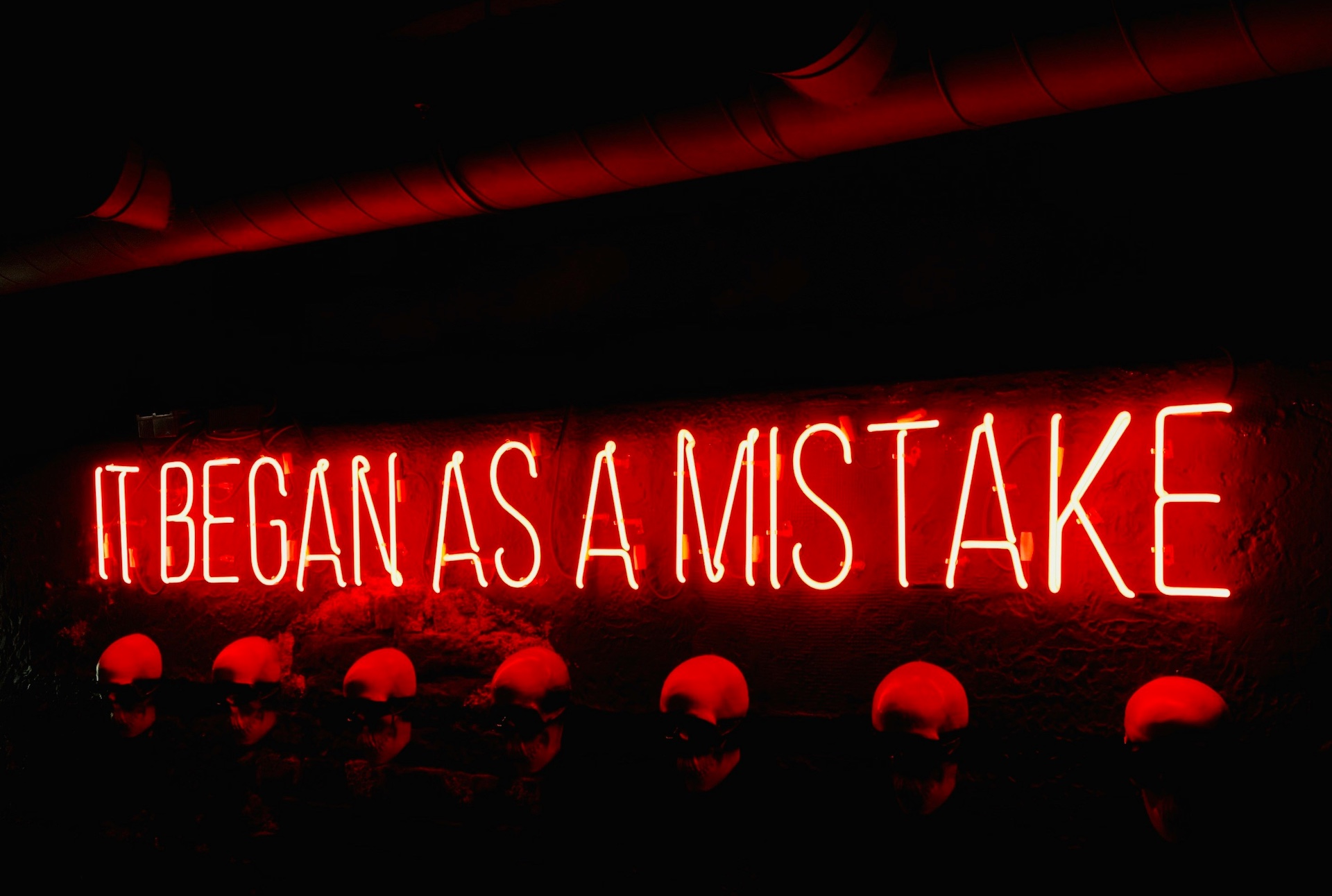The Bad Version Part Six: Why It's Okay To Fail
Why it’s okay to fail at first drafts—and how rewrites, like M. Night Shyamalan’s process for The Sixth Sense, can turn a flat story into an unforgettable one.



Read Part One, Part Two, Part Three, Part Four, and Part Five to catch up!
Much to the chagrin of the gurus out there, I’m going to float an unpopular opinion: there’s no right way to write.
There are rules, of course. Story structure, grammar and formatting provide a framework for stories, much like a paintbrush or the right pan provides tools for painters and chefs. But a story, well told, has no higher ideal. A friend of mine and I were discussing music recently and one of us asked the other what makes a great song. “You just feel it, when the beat drops or the chord strikes - it’s that goosebumps inducing feeling.”
That’s our job as we craft a story - to somehow raise the hair on someone’s arm; to make them feel; to allow them to enter your story on their own terms and leave having identified in some way with your characters. This is an illusion fiction writers are tasked with creating - and sometimes that illusion falls flat. Haven’t you walked out of a movie or finished a book and... shrugged?
I’ve had arguments with writers and non-writers alike: “What did you think of [movie or novel or TV show]?” And they’ll respond: “Something about it just… fell flat.” That something, I assure you, is the lack of emotional connection to the work. Why do we hold up classic films and works of literature? Because, at their core, we see a part of ourselves in them. And crafting this illusion is not easy - it’s the hardest thing we do as writers. How do we accomplish this? By rewriting!
Why “Bad Versions” Are the Secret to Powerful Storytelling
You could write the best plot twist, the craziest car chase, the most spellbinding prose - and yet, without crafting believable, well rounded characters that give us goosebumps, all of that might be for naught. One well-known “Good Version” example of this that I can think of was writer-director M. Night Shyamalan’s process writing his most excellent horror film, “The Sixth Sense.”
He talks about rewriting drafts of the script over the course of a year and recognizing that, in his process, “The movie just evolves as I’m sitting down to write it. I said, ‘I really want another layer to the movie, what’s another layer?” And I think about it until another layer appears. In those two cases that extra layer came out like that. I don’t feel satisfied if it was working on just two levels— it needs to work on another level.’”
That level, of course, is the twist ending; Malcom, played by Bruce Willis, has been a ghost for the entire film.
The twist works on so many levels - most impressively from an emotional perspective. Malcom’s goal is to help Cole, played by Haley Joel Osment, work through the trauma of being able to see dead people. Together, they discover that ghosts simply need to work through their unfinished business - so when Cole helps Malcom understand that he’s been wandering this plane of existence lost, that he’s been dead the whole time, the two characters arcs come full circle.
Boom - goosebumps. Of course the twist is great because it forces you to rewatch the film through a completely different lens, but it’s the emotional punch that really helps it stick the landing.
The most amazing thing about it? Shyamalan says he didn’t start writing “The Sixth Sense” with this twist in mind.
What M. Night Shyamalan Can Teach Writers About Rewriting and Failure
“‘The Sixth Sense’ started out as a serial killer movie. Malcolm was a crime scene photographer, a burnt-out one at that, and not a great dad. It was Parents Day at the school, and the parents are in the classrooms looking at the artwork, and his kid’s in there, and Malcolm’s outside, smoking in a non-smoking hallway, and he’s staring at a wall of these kids’ drawings, and suddenly his attention becomes focused and he walks towards the wall and stops smoking.
More and more we get focused on this one particular drawing, a crayon design, a star of some kind. We’ve seen it before, it’s a design that’s on the victims of a serial killer, and this child has drawn this same exact design in crayon. So Malcolm lifts the paper that’s folded over it to see who drew it, and it’s his own son.
That’s the movie; it’s about Malcolm realizing that his son is seeing the victims of this killer.
What a fascinating look at an early “Bad Version” of a classic horror film. But Shyamalan goes on to explain where in the process of writing he came to his famous twist:
“I think it was more toward the middle... in ‘The Sixth Sense.’ Always in the good versions it evolves toward the middle, as you understand the movie, as you’re building on the elements of the movie.”
M. Night is a story spelunker himself. I’d love to see the original outline for his aforementioned version - it would be bizarrely different.
Transforming a Good Idea Into a Great Story
Of course the lesson here is that it’s okay to “fail” while rewriting. Had Shyamalan gone with his original idea it probably would have felt rote and flat for audiences. But he pressed forward each draft and recognized that those versions were unacceptable toward his end goal.
He eventually sold the script for 2 million dollars to Columbia pictures - one of the largest screenwriting success stories at the time.
.gif)

.png)



